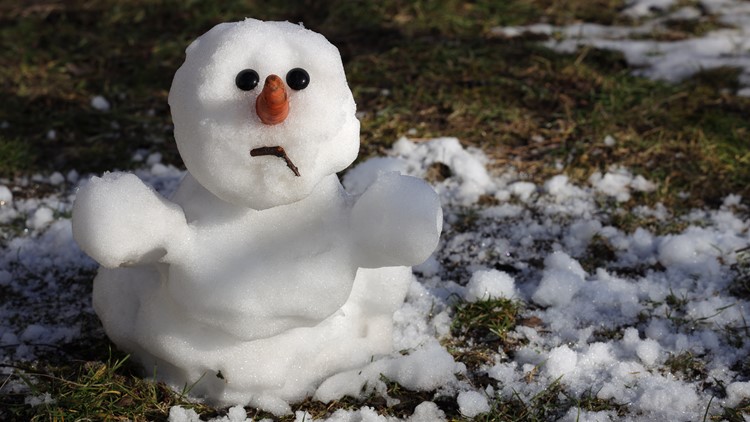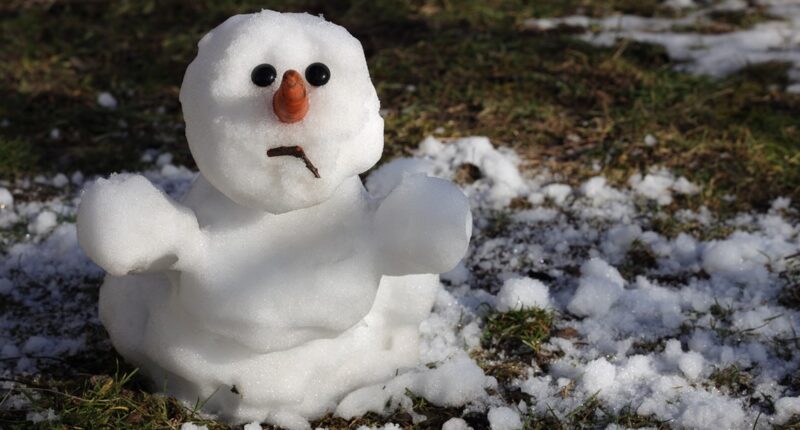
Several areas have seen heavy snowfall, with accumulations reaching several feet. Despite upcoming warmer and wetter weather conditions, the snow may take longer to melt than anticipated. The duration of the snow cover will depend on the frequency of warm weather periods throughout the season.
Various factors influence the melting rate of thick snow layers, such as air temperature, wind speed, humidity levels, and the snow’s composition.
Higher temperatures, above freezing (32°F), accelerate the melting process. For instance, temperatures around 40°F can shorten the melting time of a foot of snow to a few days to a week. In even warmer temperatures, like 50°F or above, the snow could disappear within just a few days.
Direct sunlight speeds things up, while clouds and shade can keep the snow for much longer.
Heavy, wet snow takes longer to melt than light, fluffy snow.
Snow on warm or dark surfaces like asphalt melts faster than snow on frozen ground or grass.
Rain can wash snow away quickly, and high humidity can help too.
Wind moves warm air over the snow and helps it evaporate faster.

















